
Product information
Markus Molitor Wehlener Sonnenuhr Spätlese 2017
$66
Description
This is another of many effusively floral Molitor 2017s. Heliotrope, honeysuckle and lily deliver a heady bouquet, with greenhouse-like suggestions of foliage wafting in the background. A creamy palate delivers softly ripe banana and Golden Delicious apple along with inner-mouth perfume, all of which are complemented by overt but by no means excessive sweetness. Happily, there is more juiciness and animation to the finish than the palate impression had led me to expect, and the wine’s billowing floral persistence is utterly striking.
David Schildknecht, Vinous
Molitor’s gold capsule indicates a richer, nobly sweet style and flavour profile. Explore Molitor’s colour code, different to the German Pradikat system here.
In stock
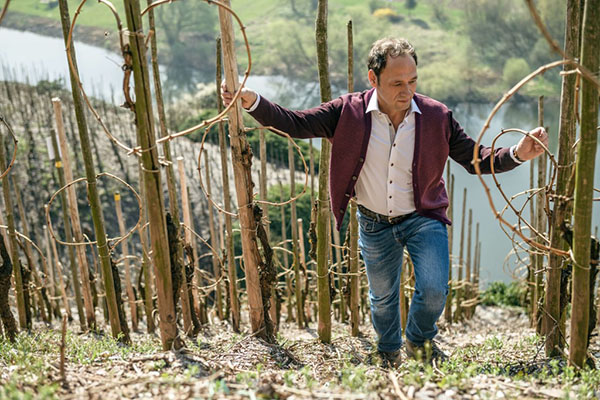
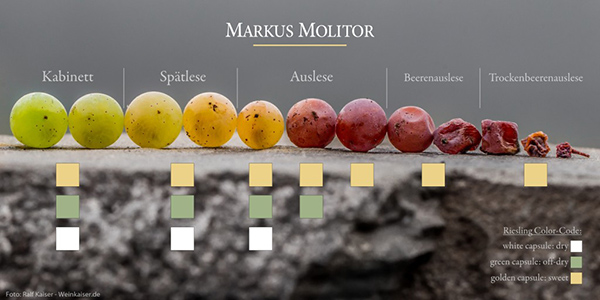



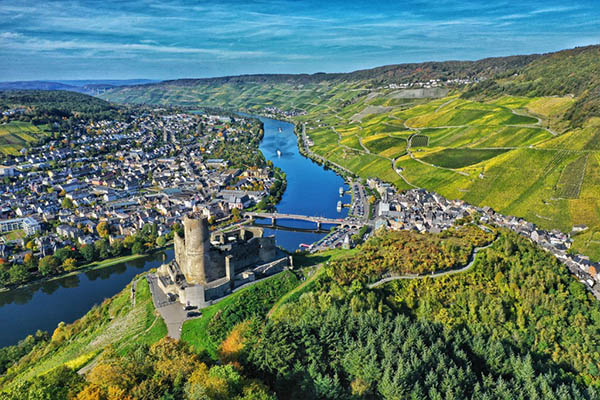
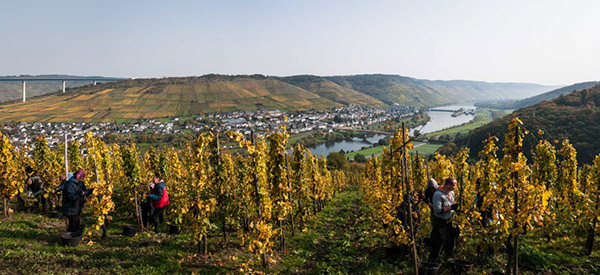
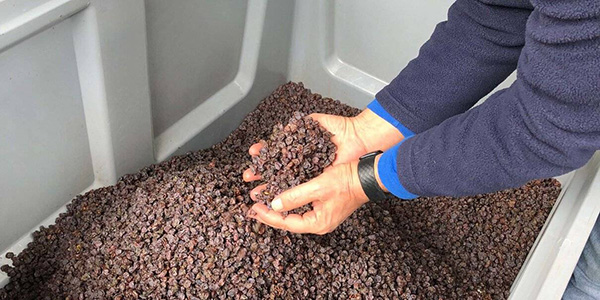
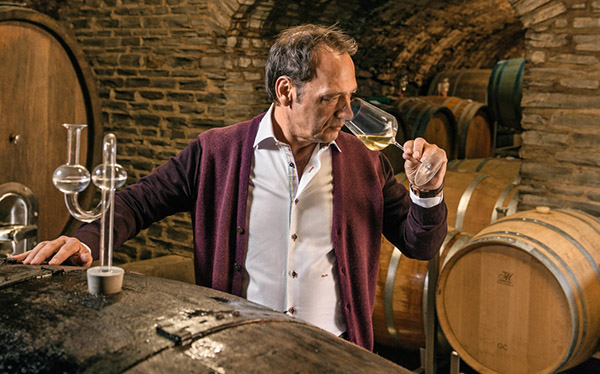



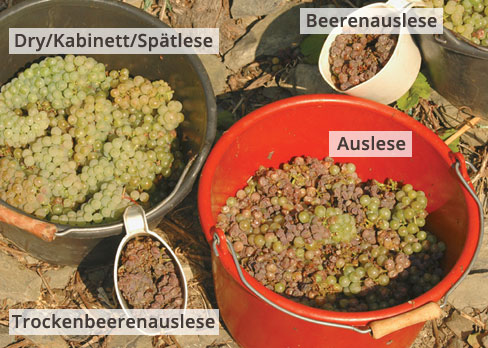
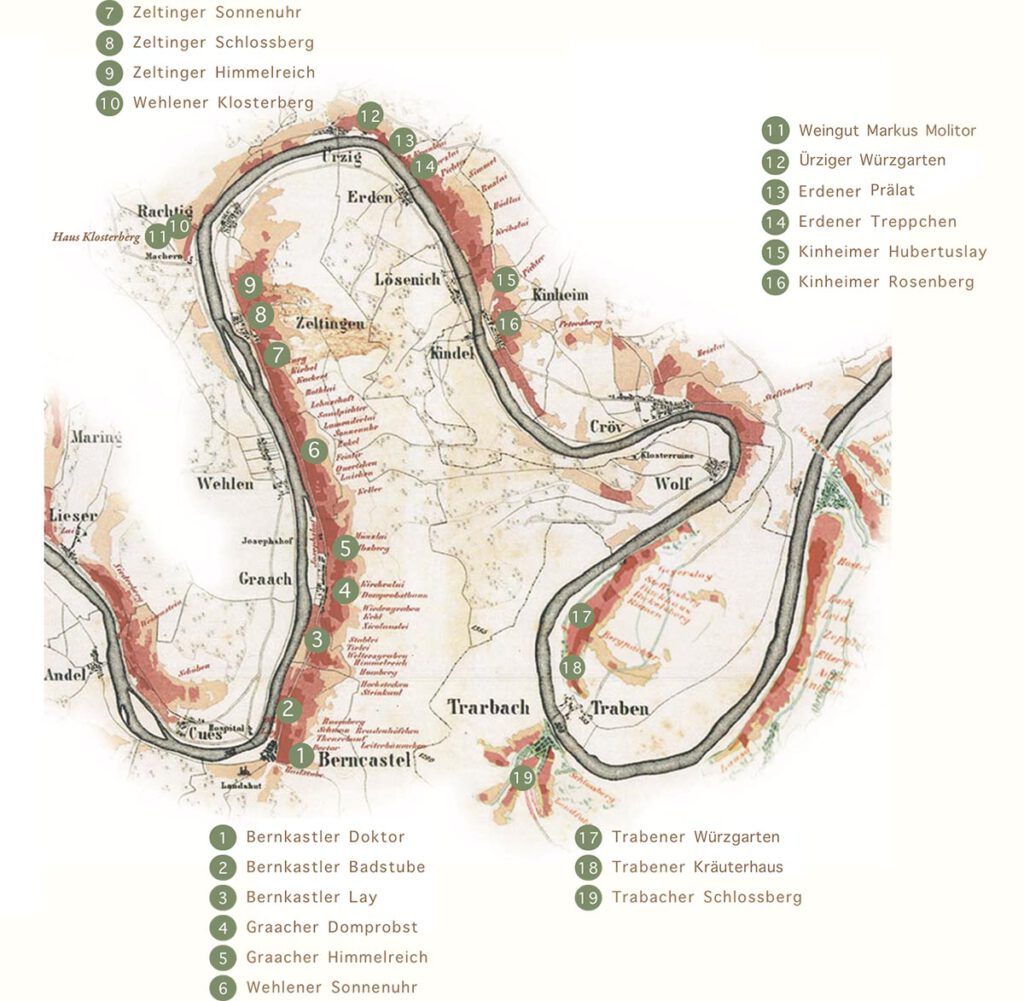
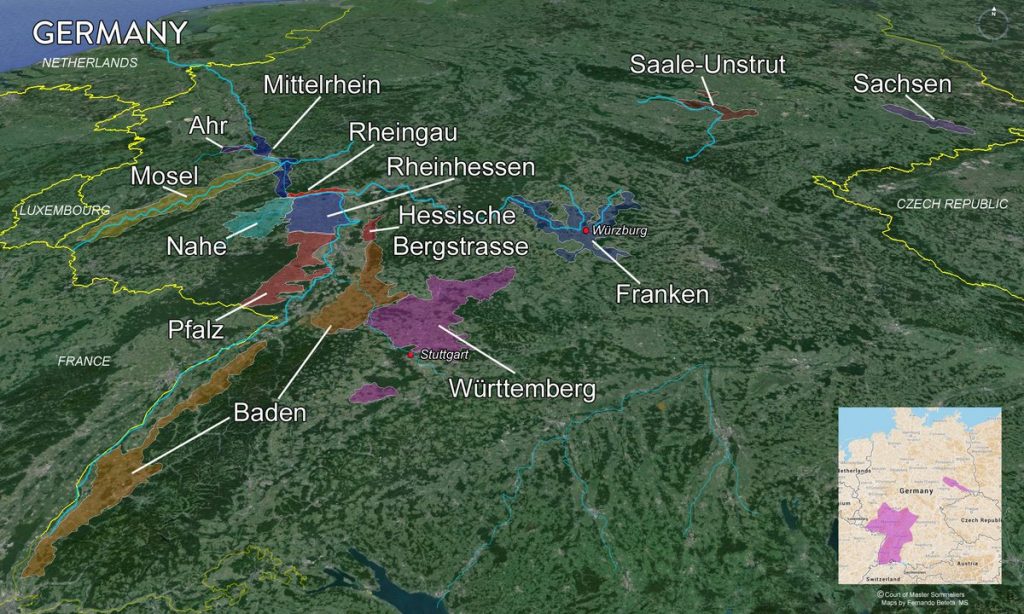
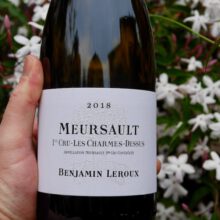
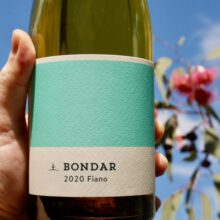
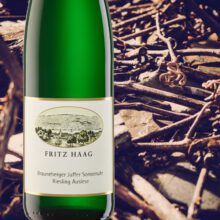
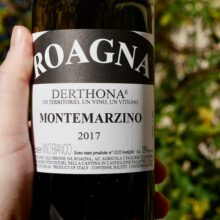
You must be logged in to post a comment.